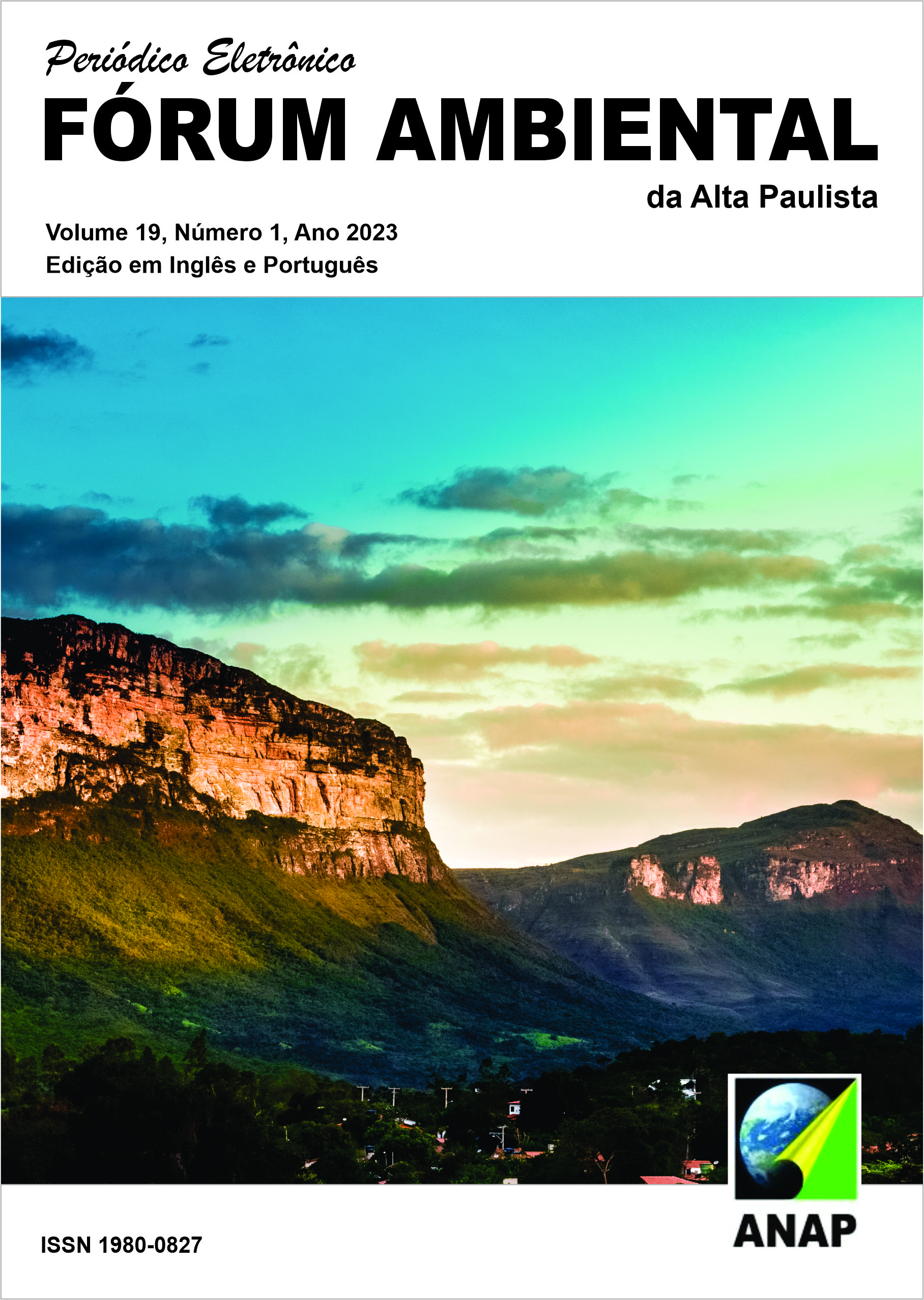Soil physical quality using an agroforestry system with an agroecological basis
DOI:
https://doi.org/10.17271/1980082719120233255Abstract
Agriculture based on practices aimed at preserving biodiversity and ecological practices in food production has become increasingly important and viable as an alternative to replacing conventional systems. Agroecological systems are more effective in terms of food and nutritional security demands, strengthening changes in traditional systems in the agricultural sector. Physical attributes can be directly influenced through handling and use, and should be studied. With this, the objective of this work was to evaluate the quality of the soil, through the físicos dosoil attributes in an area managed with an agroforestry system. A completely randomized experimental design was used, with 4 treatments and 4 replications, namely: T1 – area managed with an agroforestry system since 2014; T2 - area managed with an agroforestry system since 2018; T3 - native forest area on the banks of the Paraná River and T4 - fallow pasture area since 2017. The current condition of the native forest system was considered as a reference in terms of soil quality, as it represents the natural condition of land use. The following soil attributes were evaluated: aggregate stability, soil porosity and density, soil texture, degree of flocculation and clay dispersed in water. The results were analyzed using analysis of variance, simple correlation and Tukey's test at 5% probability to compare means. It is concluded that the agroforestry systems positively influenced the physical attributes of the soil, mainly in the pore size distribution, aggregation and soil flocculation.
Downloads
Downloads
Published
Issue
Section
License
Copyright (c) 2023 Periódico Eletrônico Fórum Ambiental da Alta Paulista

This work is licensed under a Creative Commons Attribution-NonCommercial-ShareAlike 4.0 International License.












